The US Navy has taken a significant step towards integrating unmanned aerial vehicles (UAVs) into its carrier operations by installing its first dedicated drone command center on the USS George HW Bush. This development marks a shift in naval aviation strategy, potentially reducing the need for human pilots in dangerous missions.
Unmanned Air Warfare Centre: A New Era for Naval Aviation
The USS George HW Bush, one of the Navy’s 11 aircraft carriers, is now equipped with an unmanned air warfare centre. This specialized command system is designed to control various types of drones, signaling a new era in naval operations.
According to The Times, a US Navy official involved in the unmanned carrier aviation program stated, “The upcoming tests will be a historic moment in naval aviation.”
MQ-25A Stingray: The First Operational Carrier-Based Drone
The first drone to be deployed on the George HW Bush will be the MQ-25A Stingray, a $136 million unmanned air-refueling tanker. Set for testing next spring, the Stingray will be the world’s first operational, carrier-based unmanned aircraft.
Key features of the MQ-25A Stingray include:
- 51 feet long with a 75-foot wingspan
- Capacity to carry over 10 tons of fuel
- Ability to extend the combat range of F/A-18F Super Hornet fighter jets from 500 to 800 miles
Challenges and Advancements in Drone Carrier Operations
Landing drones on carriers presents unique challenges, requiring complex algorithms to ensure safe arrivals on the flight deck. The new command system on the George HW Bush is designed to enable the Stingray to land with minimal human involvement.
The US Navy plans to invest heavily in this technology, with intentions to purchase about 70 Stingrays at a total program cost of $16.5 billion. All Nimitz-class and new Gerald R Ford-class carriers are expected to eventually carry Stingrays on board.
DroneXL’s Take
This development in naval Drone Technology aligns with the broader trend of increasing drone use in military operations. As we’ve seen in recent drone strike coverage, UAVs are becoming integral to modern warfare strategies. The integration of drones into carrier operations represents a significant leap forward, potentially enhancing the Navy’s capabilities while reducing risks to human pilots.
The success of the MQ-25A Stingray could pave the way for a diverse fleet of carrier-based drones, including surveillance and combat UAVs. This shift might redefine naval aviation, balancing the heroic image of human pilots with the strategic advantages of unmanned systems.
What are your thoughts on this advancement in naval drone technology? Share your opinions in the comments section below.
Photo courtesy of US Navy
Discover more from DroneXL
Subscribe to get the latest posts sent to your email.
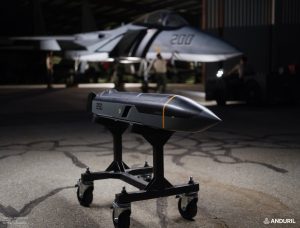
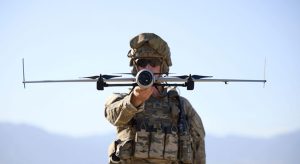
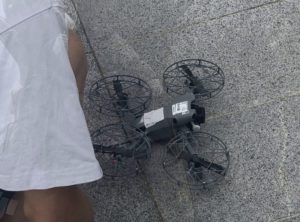




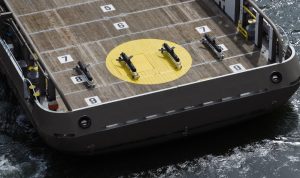
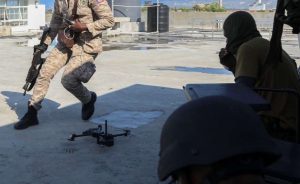
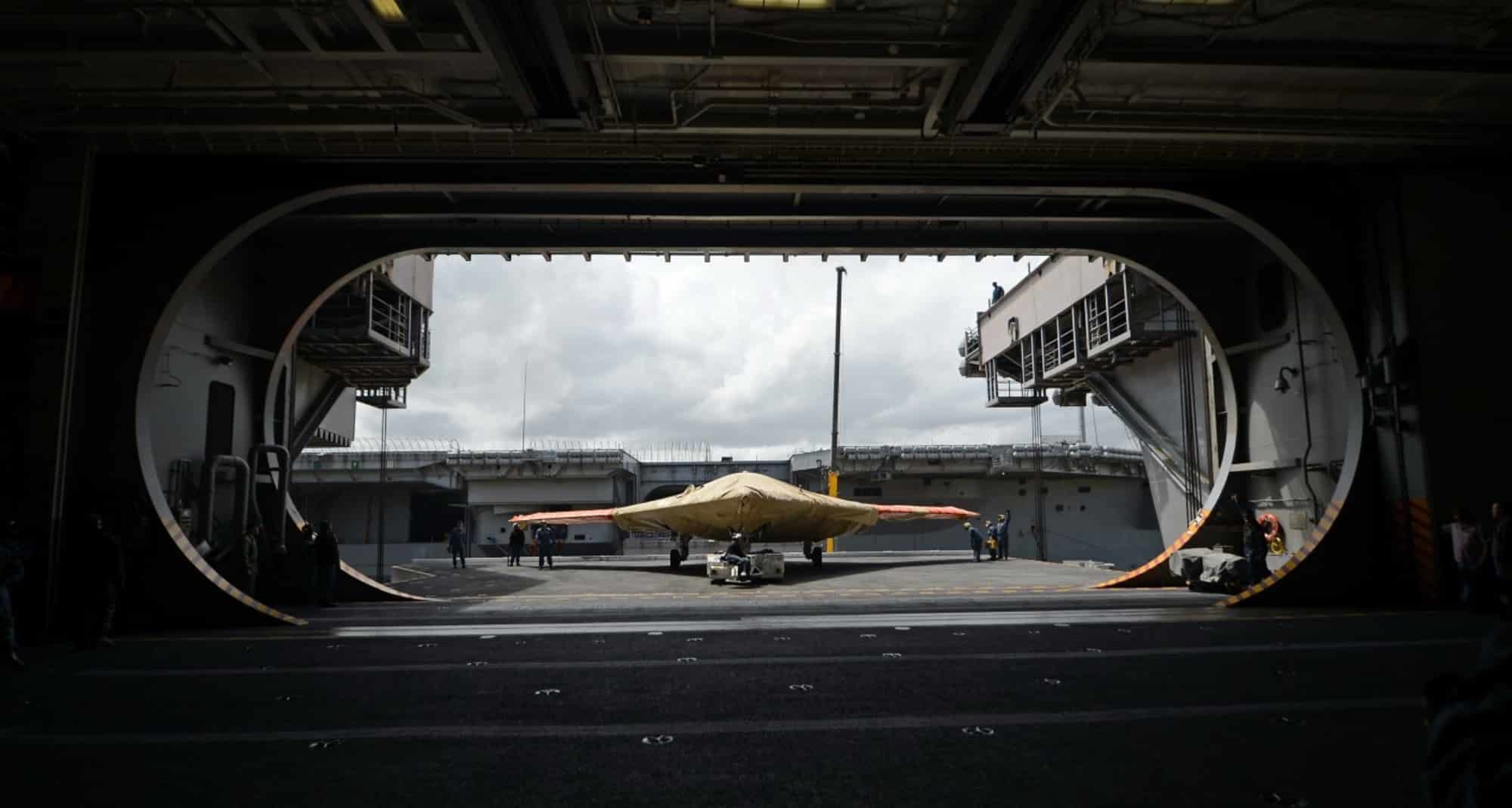
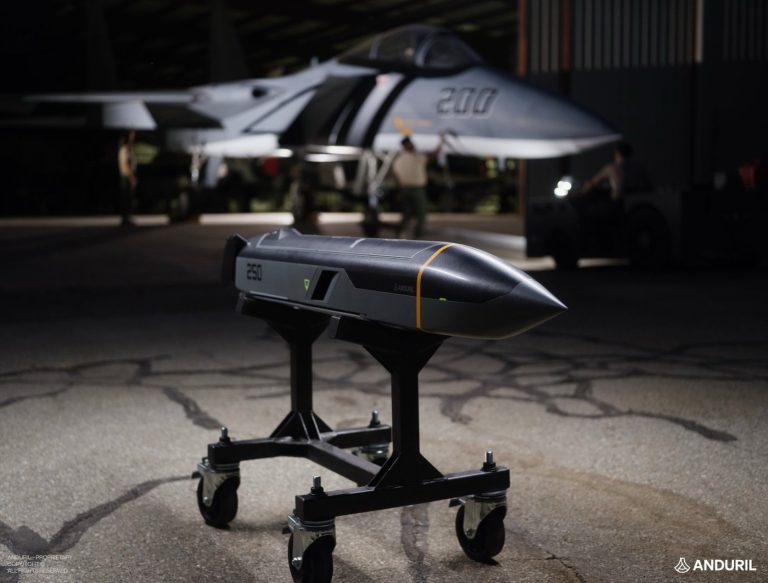
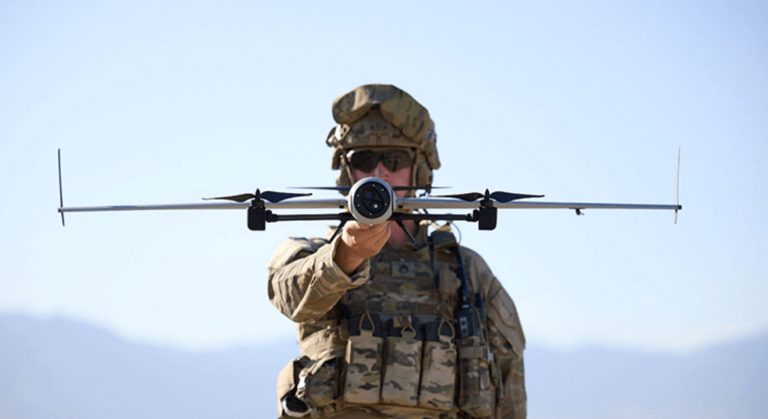
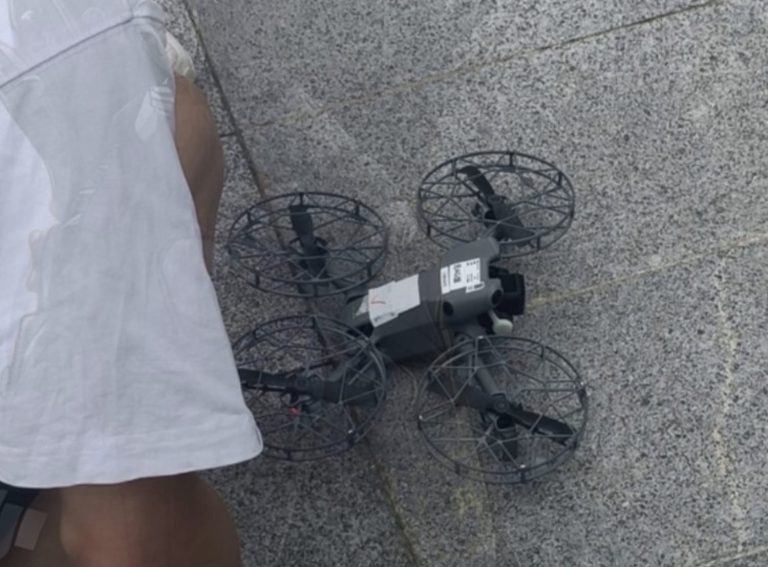

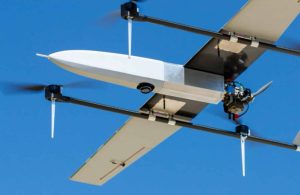
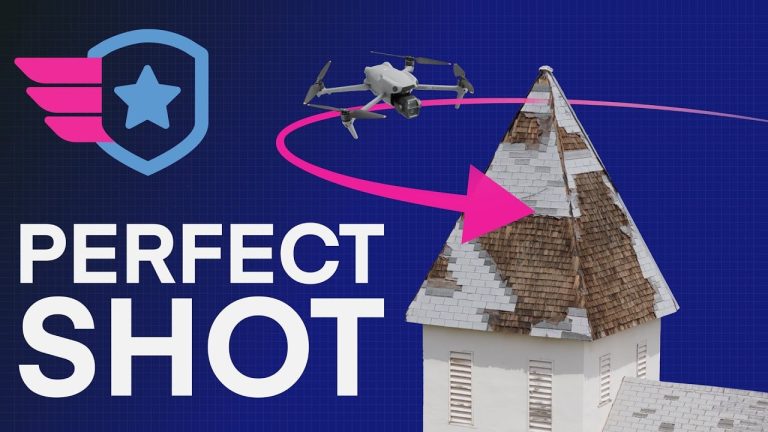

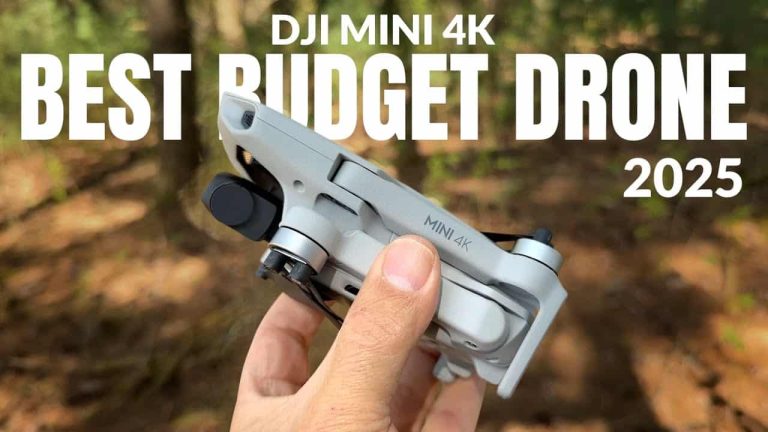


+ There are no comments
Add yours